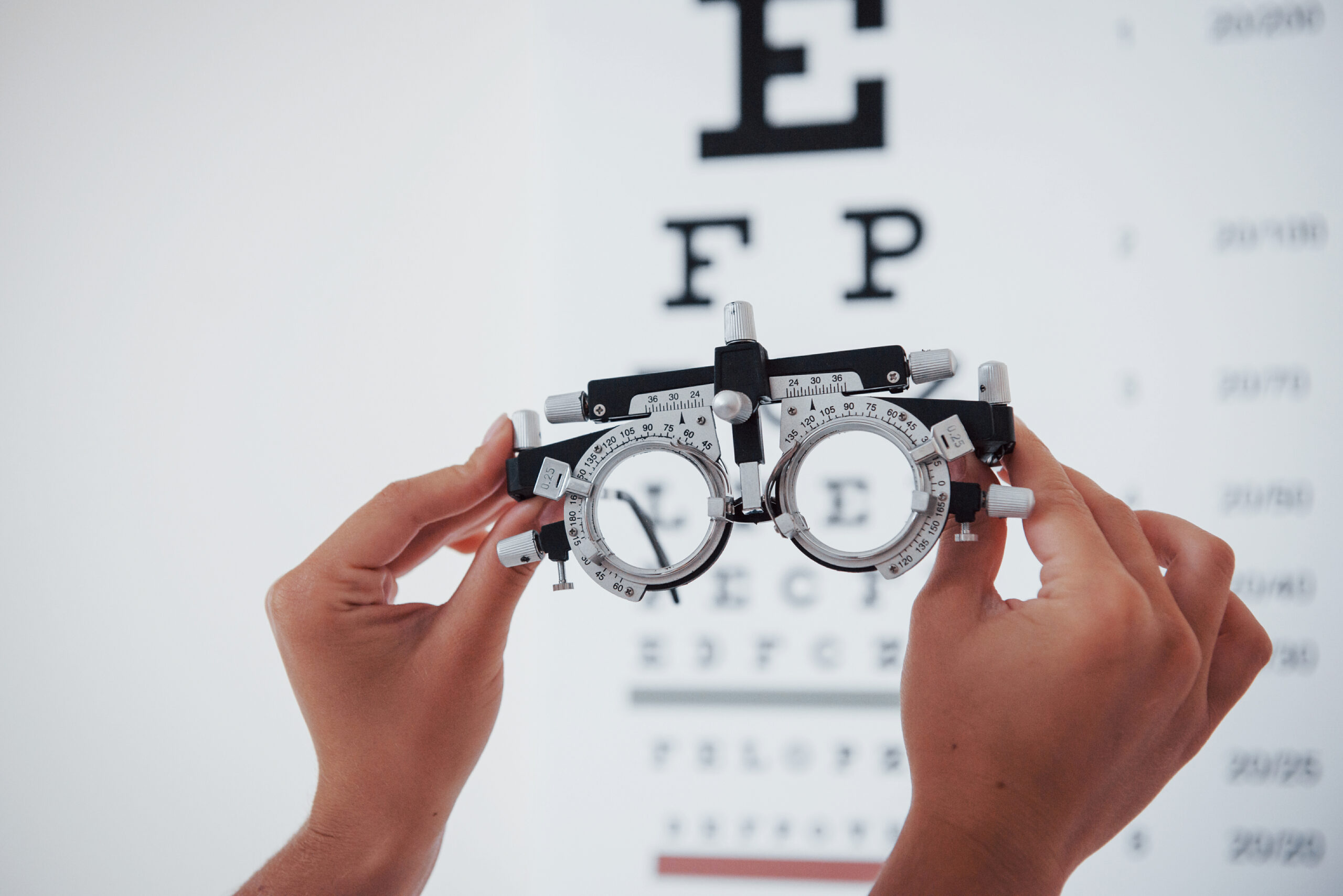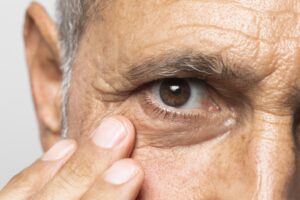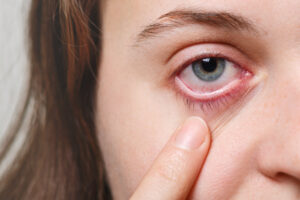Introduction
Myopia, also called nearsightedness, is a common eye condition. It makes distant objects look blurry, while close objects stay clear. Myopia affects people of all ages, but it often starts in childhood. In fact, the World Health Organization notes that myopia rates are rising worldwide. Because of this, understanding myopia is important for everyone. Early detection and proper care can help protect your vision.
Symptoms of Myopia
Myopia symptoms can be easy to spot. However, some people may not notice them right away. Watch for these signs:
In children, myopia symptoms may include trouble seeing the board at school. Sometimes, kids may avoid activities that need clear distance vision.
Causes and Risk Factors
Myopia happens when the eyeball is too long or the cornea is too curved. As a result, light focuses in front of the retina instead of on it. This causes distant objects to look blurry. Several factors can increase the risk of myopia:
Although genetics play a big role, lifestyle choices also matter. For example, children who spend more time outside may have a lower risk of developing myopia.
Diagnosis Methods
Eye doctors use simple tests to diagnose myopia. Usually, a routine eye exam is enough. During the exam, the doctor may:
For children, regular eye exams are very important. Early diagnosis can help prevent vision problems from getting worse.
Treatment Options
There are several myopia treatment options. The right choice depends on your age, lifestyle, and how severe your myopia is. Here are the main treatments:
Glasses
Glasses are the most common way to correct myopia. They are safe, easy to use, and come in many styles. Children and adults can both wear glasses.
Contact Lenses
Contact lenses sit directly on the eye. They can give a wider field of vision than glasses. However, they need proper cleaning and care. Some people may not be able to wear contacts due to allergies or dry eyes.
Refractive Surgery
For adults, surgery like LASIK can correct myopia. This surgery reshapes the cornea so light focuses correctly. Not everyone is a good candidate for surgery. Your eye doctor will check your eyes and health before recommending this option.
Other treatments, such as special contact lenses or eye drops, may help slow myopia progression in children. Always talk to an eye specialist before starting any new treatment.
Lifestyle Tips and Prevention Strategies
While you cannot always prevent myopia, some steps may help slow its progress. Try these tips:
Some studies suggest that outdoor light helps protect against myopia in children. Because of this, outdoor play is important for eye health.
When to See an Eye Specialist
It is important to see an eye specialist if you notice any myopia symptoms. You should also schedule regular eye exams, especially for children. See a doctor right away if you or your child:
Early care can help prevent vision loss and keep your eyes healthy.
For personalized advice on myopia management, consult an eye specialist. Regular check-ups and early treatment can make a big difference in your vision health.







